See Milwaukee’s New Pothole Filling Machine
New equipment requires less labor and provides longer-lasting fill.
The Department of Public Works (DPW) is getting more efficient at filling potholes.
Its new vehicle fleet allows a single operator in each truck to use a joystick to fill a pothole using a mechanical arm.
The system, according to Department of Public Works officials, requires less labor than traditional three or four person crews shoveling hot asphalt out of a dump truck, provides a better, longer lasting patch on the roadway and is safer, because a worker doesn’t need to get out of the vehicle.
“It can handle about 50% more requests than a traditional hot mix patching crew on a typical day,” said street services manager Tom Wangerin at a demonstration event Friday morning.
The labor savings, said Wangerin, would allow DPW to reassign laborers to preventative street maintenance tasks instead of reactive pothole filling.
The workers who will still fill potholes are also able to do the job with peace of mind.
“A very important feature is the safety,” said Wangerin. “The operation doesn’t have to get out. So in areas with busier traffic, it lends to a much safer environment for our staff.”
The issue of safety isn’t a hypotethical risk. In 2019, DPW laborer Bryan Rodriguez was struck and killed by a hit-and-run driver while filling a pothole at N. 17th and W. Vine streets. The driver, who literally ran from the scene, was sentenced to 12 years in prison.
Filling potholes on busy streets currently requires two vehicles, one of which protects the crew, and causes delays in response times.
Each new truck, LeeBoy RA-400 patchers, costs approximately $300,000. The city has had one in its fleet for three years, recently added a second and is now waiting on delivery of two more.
The speed savings come not from the time it takes to fill an individual pothole, which still takes several minutes, but primarily because all of the materials start the day in the truck.
The traditional method requires crews to drive to private asphalt provider Stark Pavement Corp. in Menomonee Falls and back, a considerable distance from much of the city. The emulsion mix used by the trucks is prepared where they’re parked, the DPW field headquarters at 3850 N. 35th St. Not needing to go to a private contractor avoids a crosstown trip, increasing the amount of time that can be spent filling potholes during a shift. The new vehicles also only need to be filled every three days said Wangerin.
“I’ve been super, super excited to work with DPW on this additional purchase and more to come down the line, because we are often trying to find more efficiencies in city governments, especially ones that are safer, that’ll save time and improve services for our citizens” said Mayor Cavalier Johnson. “Especially on something like potholes, which I know that people in Milwaukee are always concerned about.”
You’ll know the machine when you hear it – it’s loud when in use. The mechanical arm is first used to spray compressed air to remove any loose debris from the pothole. After the pothole is cleared, a layer of asphalt cement bond is applied, then a mix of asphalt cement and aggregate and then it’s topped off with dry aggregate, so it can be immediately driven upon.
After spending a few minutes watching the machine work, the mayor donned protective equipment and joined a DPW patch crew to fill a pothole the old-fashioned way. First, he shoveled asphalt out of a truck and then tamped it down with a special piece of equipment.
You can see the mayor’s and the truck’s work in “Little Canada,” W. Toronto Street, paralleling W. Montreal Street, just west of N. 35th Street.
Want to get a pothole filled? The city wants to know its location. Report it.
The mayor said he prefers to call 414-286-CITY (2489), but you can save time by reporting them online or by using the MKE Mobile Action smartphone app.
A DPW report says only 5,220 pothole reports had been received as of July 1, down from the seven-year average of 7,750.
“Crews have completed 68 percent of requests within seven business days,” says a DPW statement.
The new equipment does have one problem that also plagues traditional asphalt: it can’t be used in the winter. Wangerin said the road temperature must be at least 40 degrees to use the truck. The city relies on a cold patch mix, which doesn’t last as long, to fill potholes in the winter.
Photos
Product Demo Video
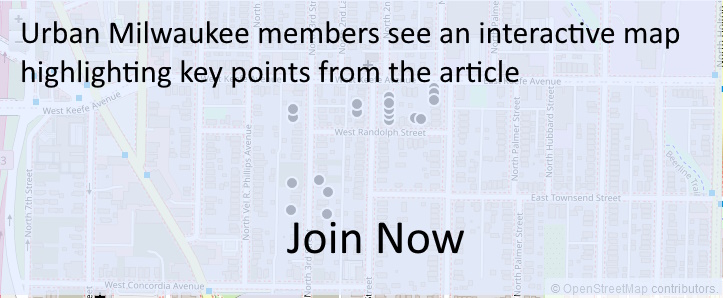
Existing members must be signed in to see the interactive map. Sign in.
If you think stories like this are important, become a member of Urban Milwaukee and help support real, independent journalism. Plus you get some cool added benefits.
City Hall
-
Council Bounces Trampoline Rules
 Jul 16th, 2025 by Jeramey Jannene
Jul 16th, 2025 by Jeramey Jannene
-
Port Director Being Promoted To City’s HR Director
 Jul 16th, 2025 by Jeramey Jannene
Jul 16th, 2025 by Jeramey Jannene
-
Public EV Charging Plan Faces Trump Opposition, Council Concerns
 Jul 3rd, 2025 by Jeramey Jannene
Jul 3rd, 2025 by Jeramey Jannene
Transportation
-
Data Shows Impact of Milwaukee’s Traffic Calming Projects
 Jul 22nd, 2025 by Jeramey Jannene
Jul 22nd, 2025 by Jeramey Jannene
-
Proposed Bill Aims to Ease Wisconsin School Bus Driver Shortage
 Jul 21st, 2025 by Corrinne Hess
Jul 21st, 2025 by Corrinne Hess
-
Transit Union Rejects MCTS Contract Proposal
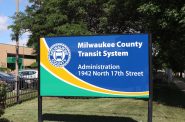 Jul 19th, 2025 by Graham Kilmer
Jul 19th, 2025 by Graham Kilmer


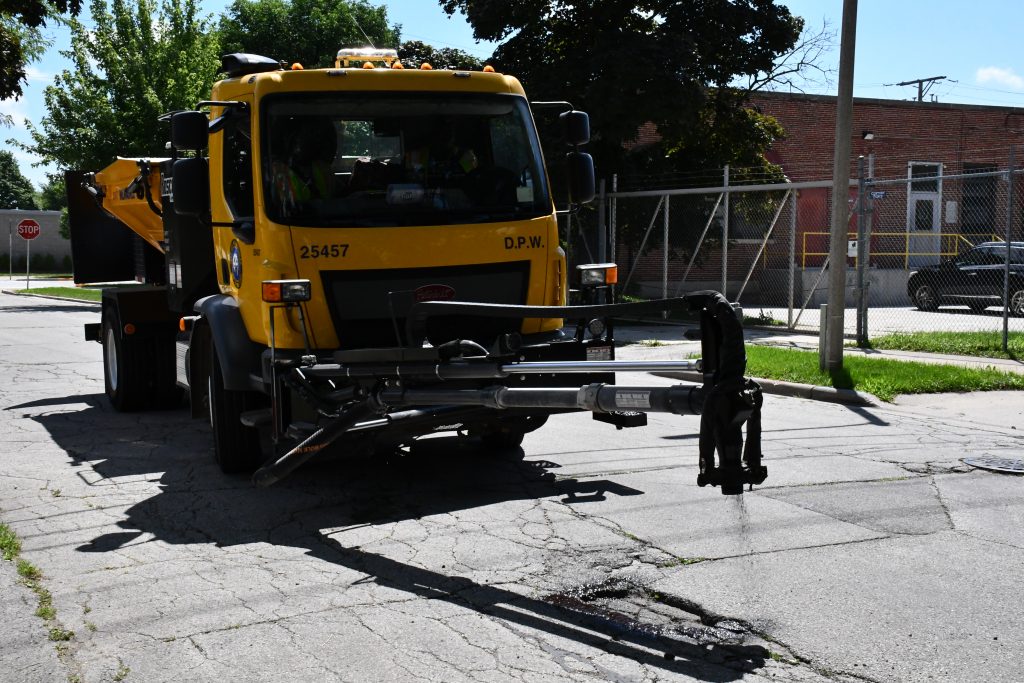
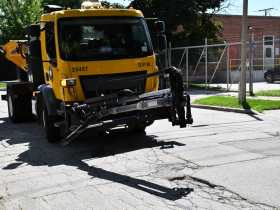
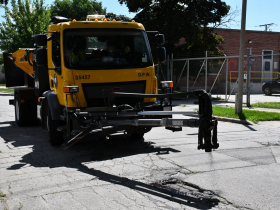
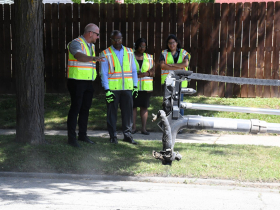
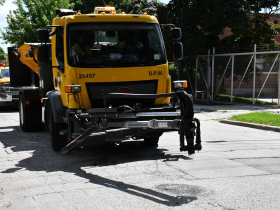
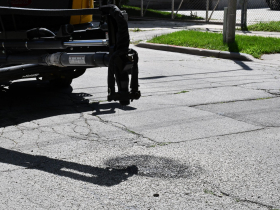
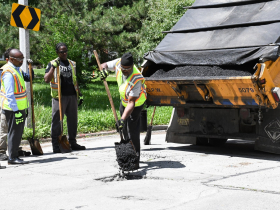


















looks like a big improvement
Yes, indeed! Except the automated pothole fillers are apparently programmed to not work south of 794 on the near Southeast side.
Pothole reporting is down because residents who are sick of being ignored no longer have the energy to put into the effort of reporting since the City, Mayor Cavalier’s office, and Councilmen Bauman & Pérez have abandoned their constituents. That is, unless there is a camera present to catch them doing good; they will always be there for that and to blame everyone else for MKE’s problems.